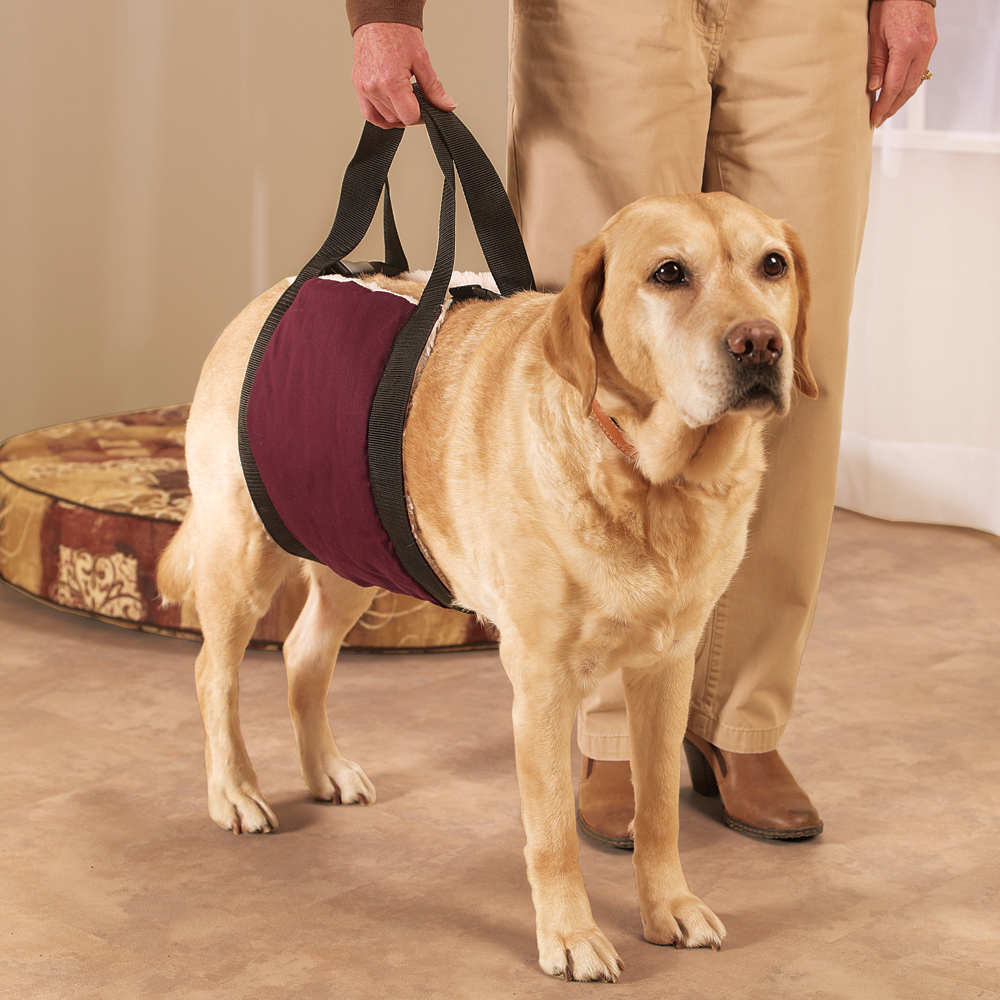Palliative care
Purpose
Manage the symptoms of disease without curing it.
Palliative care is not about giving up and is not a last resort. It is a kind, gentle, modified approach to standard of care.
Prepare for the worst, and expect the best.
A diagnosis
Knowledge of the disease your pet has affects treatment plans. Some symptoms, such as decreased appetite, vomiting, diarrhea, and weakness are present with many diseases. Knowing the likely underlying cause for these symptoms makes palliative care more targeted and effective. It also helps monitor prognosis and quality of life as the problem advances.
Who can provide it?
In most cases your regular veterinarian can offer you the tools you need for home care.
Examples: pain, vomiting, diarrhea, appetite medications and subcutaneous fluids
You are welcome to contact me to review the details of your pets illness and treatment, I can’t provide any medications or specific recommendations without seeing your pet, but I’m happy to offer general information about some of the tools that can be used for various medical conditions. You should always rely on the veterinarian who has examined and diagnosed your pet for specific treatment recommendations.
Goals
Maintain comfort without further aggressive testing and treatment. Sometimes limited testing is a good idea to monitor progression of disease during the palliative process.
Some palliation is more aggressive in the short term (for example tumor-reduction surgery, radiation, placement of feeding tubes, or short hospitalizations to stabilize your pet). Initial short-term interventions should not be discounted because they can lead to very long-term reduction in discomfort and pain.
Tools
Treatment is chosen based on your pet's medical condition and symptoms. These can include dehydration, pain, anxiety, vomiting, diarrhea, poor appetite, weakness, in-coordination, need for hygiene assistance, and even boredom..
Subcutaneous fluids
Medications for vomiting or nausea, appetite stimulation, diarrhea, pain, infections, anxiety, and anything necessary to treat the known disease conditi0n.
Environmental enrichment
Hygiene aids
Mobility aids
Referral for acupuncture, cold laser, or other non-invasive treatments
Targeted pulsed electromagnetic field therapy (Assisi Loop)
Quality of Life
The Villalobos Quality of Life (QoL) Scale scores 7 parameters from 1–10. A score above 5 in each category or an overall score of 35 or greater generally implies an acceptable QoL. Scoring is important but trends are more accurate. Evaluate score daily, and dropping scores carefully. If the score drops in a particular category, "fine-tune" that aspect of care, if possible.
The 7 parts of the QoL score use a mnemonic: HHHHHMM
Hurt (includes breathing difficulty)
Hunger
Hydration
Hygiene
Happiness
Mobility
More good days than bad
Using a quality of life scale and assessment can be very helpful for families. This is something you could consider taking a few minutes every day to do. It's a great way to monitor trends in your pet's health status. If your pet's quality of life begins to suffer, you will know how, and can often address problems with modifications to treatment and care.
Communication with your regular veterinarian
Working closely with your regular veterinarian is important. I fully support long lasting relationships between a family and their veterinarian. In order to offer the highest quality of care for your pet, it is important for me to understand previous medical care. Medical record sharing and close communication with your veterinarian is the best way to achieve that. If possible, please be prepared with a copy of your pet's medical record at the time of my visit.
Palliative care resources
I've provided links to websites and articles about euthanasia, grief, and general veterinary information, along with a FAQ under the resources menu on this site.
Please feel free to let me know if you have questions about anything, or if there's something else you'd like information about













